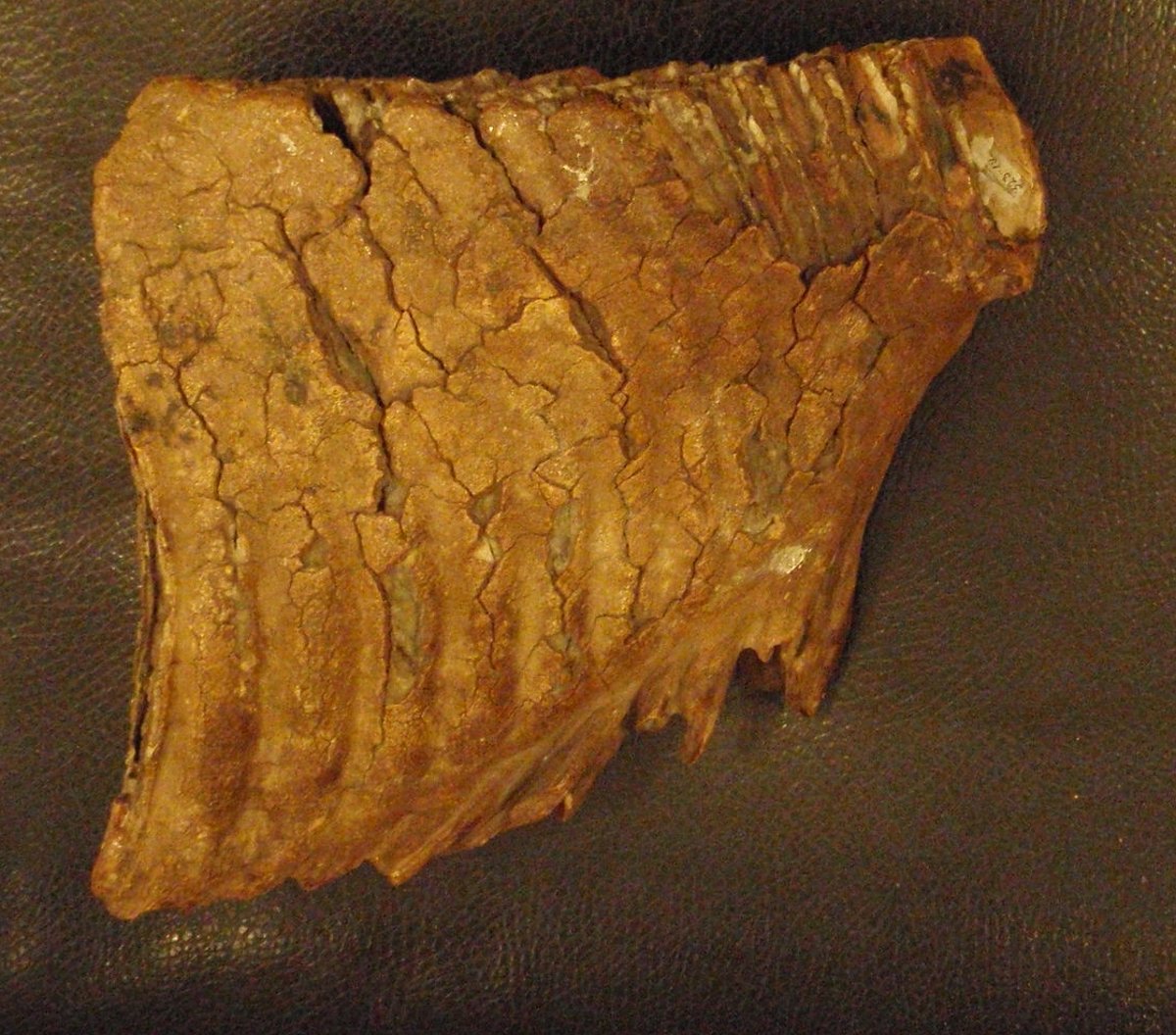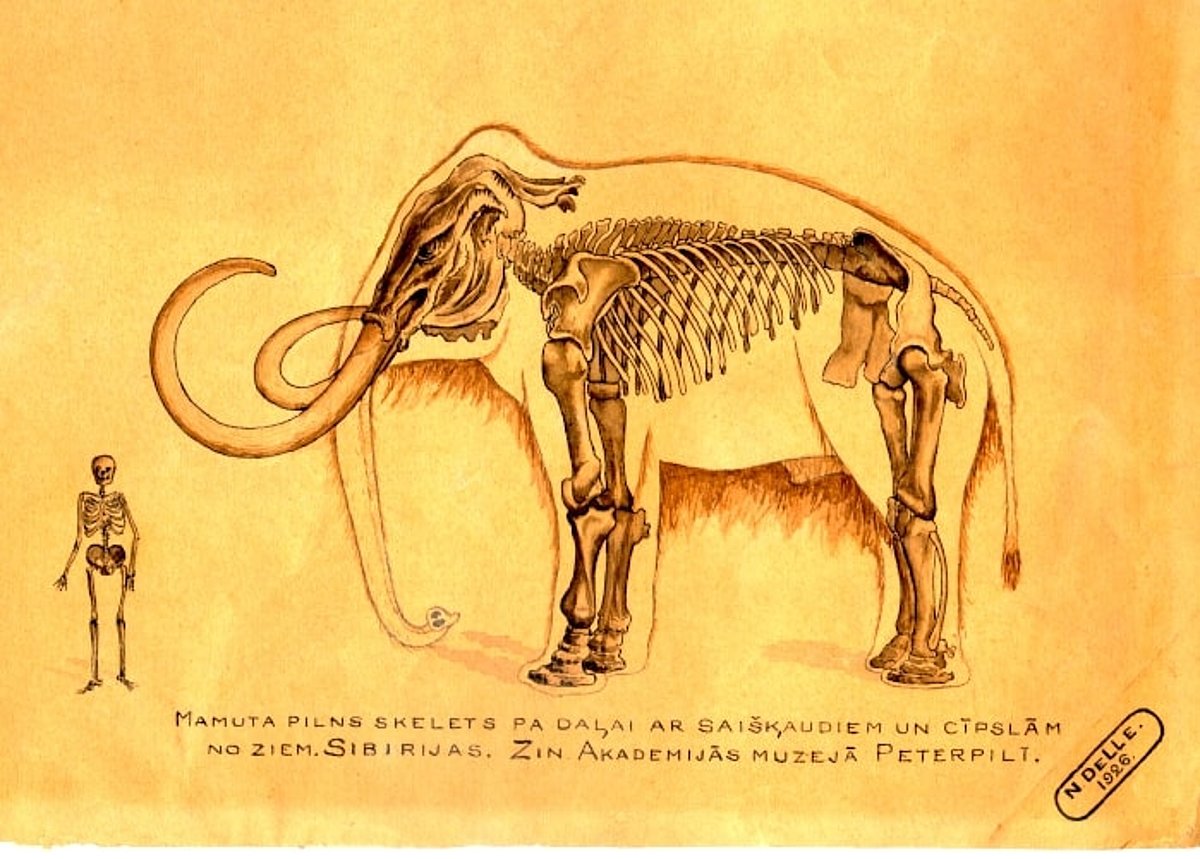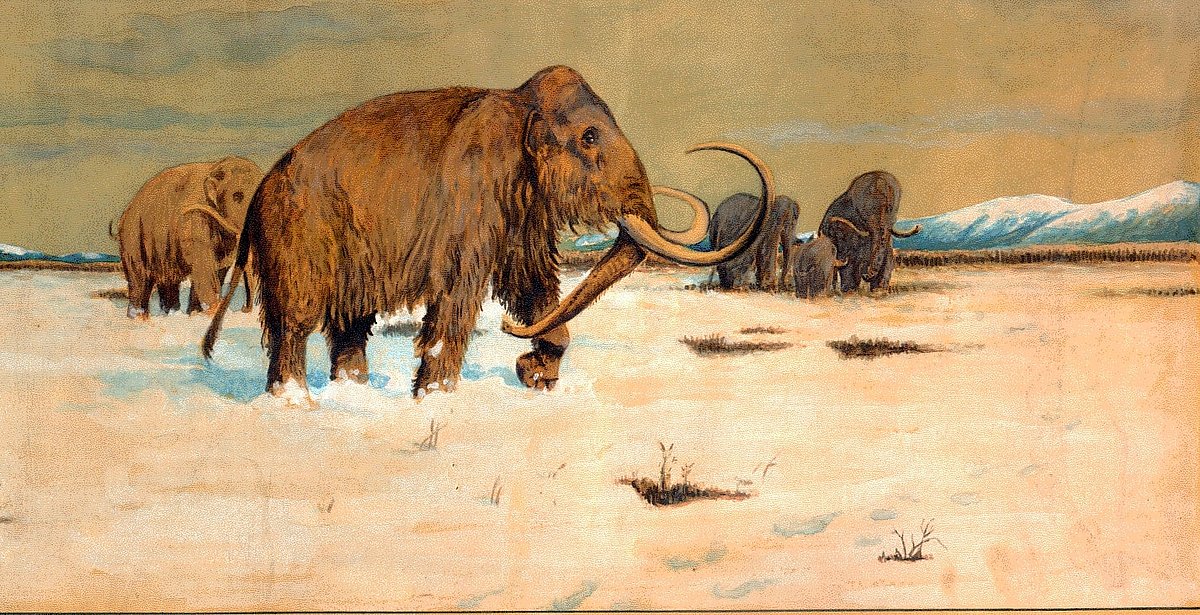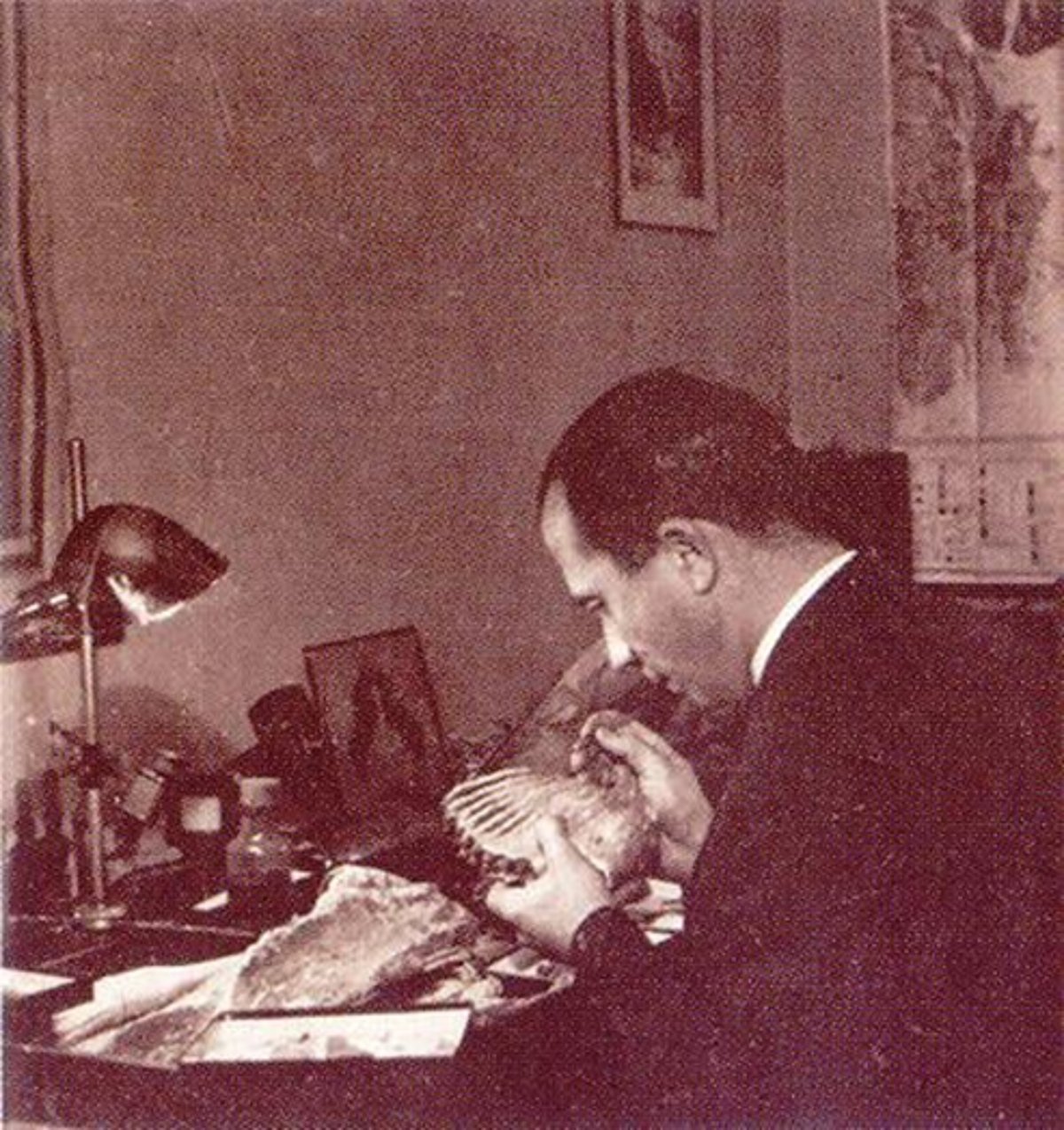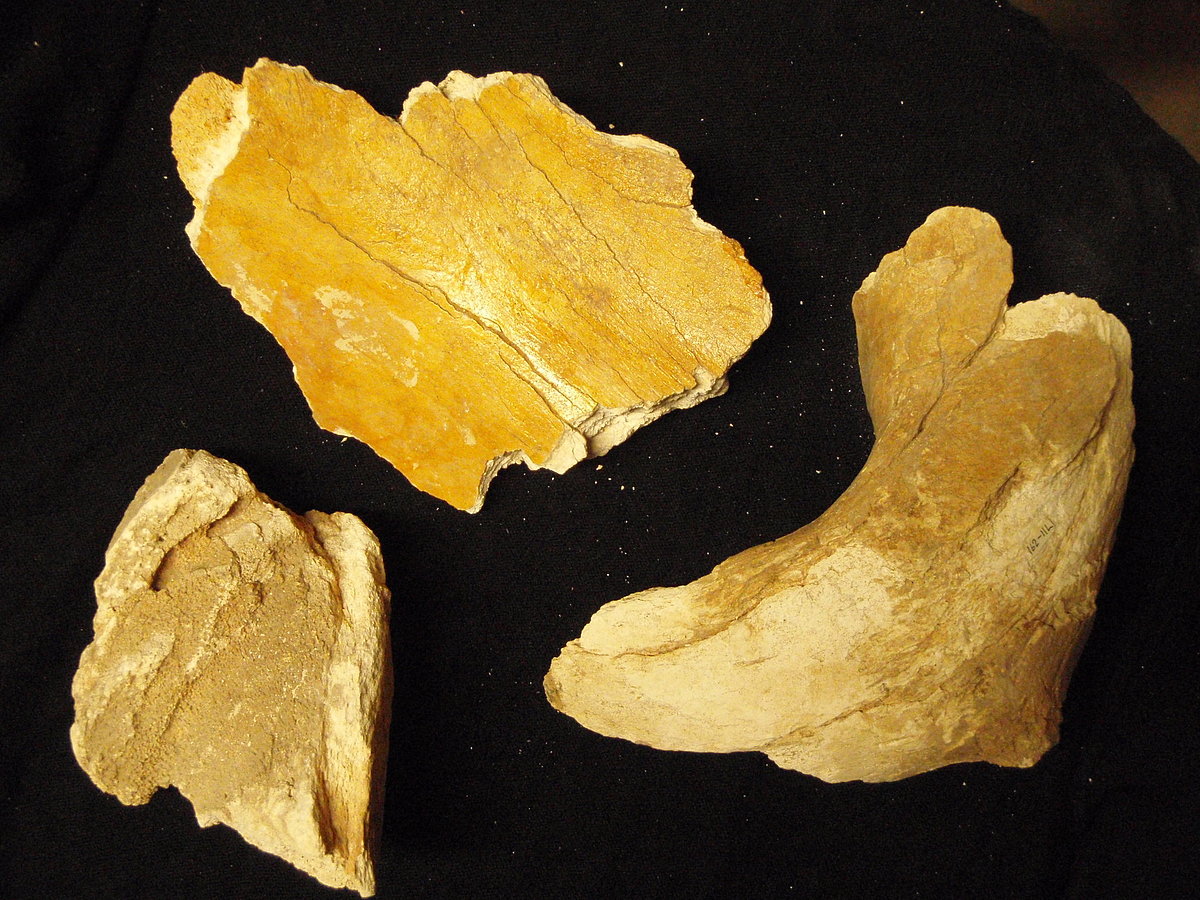
The bones were discovered in November 1937, at Jugla village near the Open-Air Museum (now the Ethnographic Open-Air Museum of Latvia), as construction work was carried out on the farm. The landlord informed the Board of Monuments, the institution of cultural monument protection at the time, and it, in turn, reported the find to the University of Latvia Geological Institute. The staff of the Institute, private docent Nikolajs Delle and assistant Verners Zāns, found that the discovered bones (a fragment of the lower jaw with several teeth and a shoulder blade), most likely, had belonged to the woolly mammoth Mammuthus primigenius (Blumenbach, 1799), and was the most complete (i.e., several bones found together) – specimen of mammoth remains discovered in Latvia to date. Apparently, the mammoth had lived nearby, because, if its remains were transmitted by ice or water, the bones would have been scattered and crushed.
This species of mammoth was found in the territory of Latvia about 12 000 years ago when the glacier retreated. Mammoth remains – usually teeth or, more often, bone fragments – have been found in Latvia at least 40 times.
The discovery was widely reflected in the press of 1937, and the bones were given to the UL Museum. The bone tissue that has disintegrated in the course of millennia is brittle, and this discovery is shown to the general public for the first time at the University of Latvia premises at Alberta iela 10 in October, by appointment with the UL Museum Curator M. Rudzītis (telephone (+371) 28767668).

 Academic Centre
Academic Centre